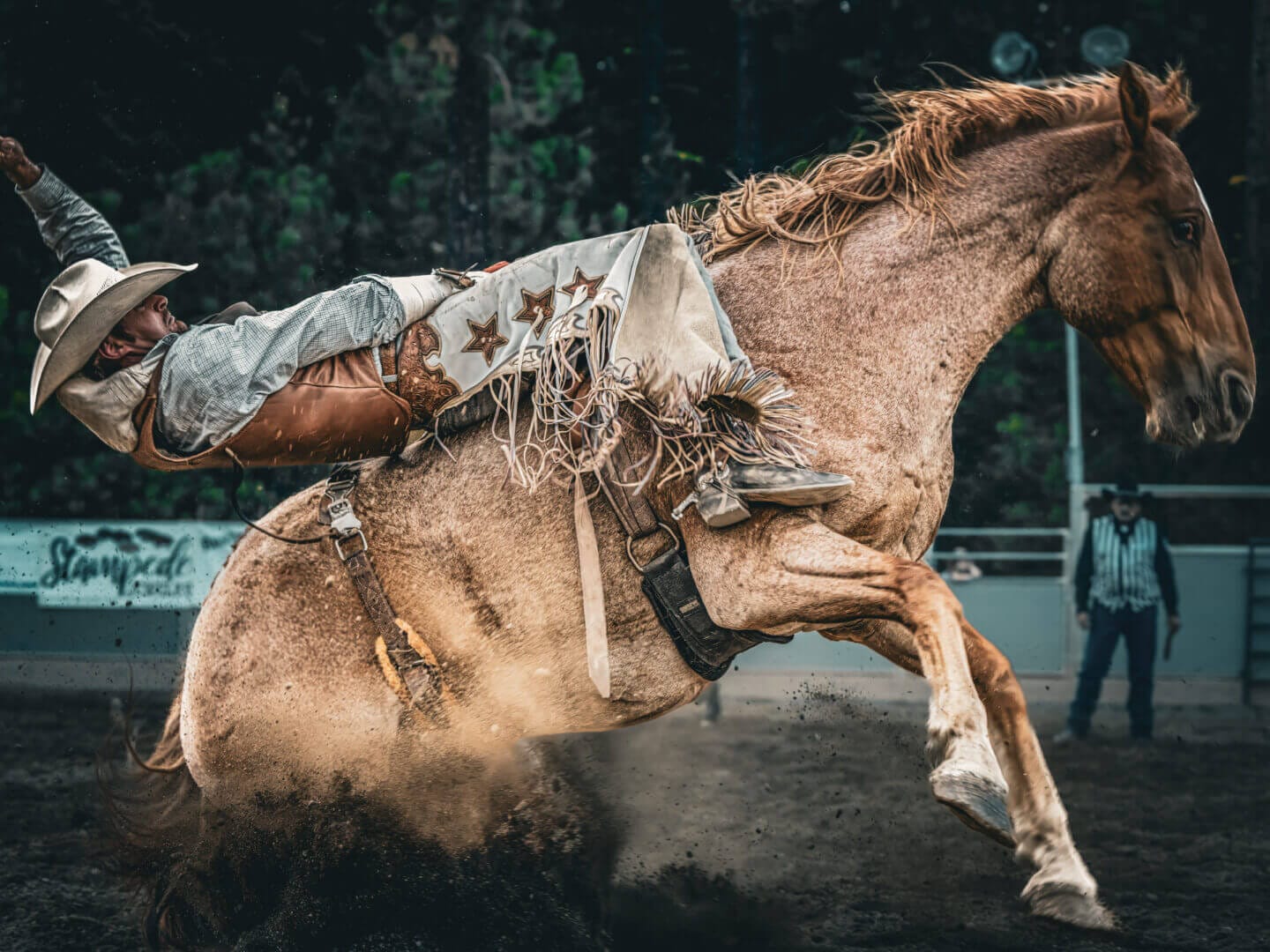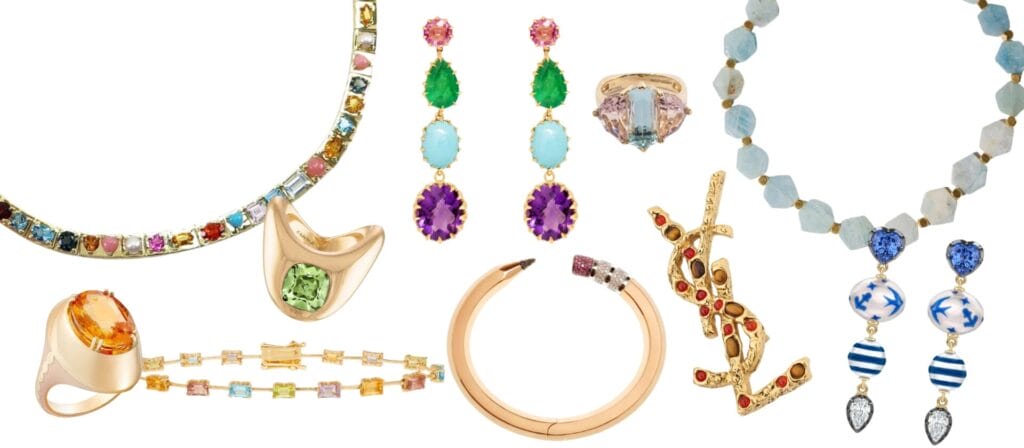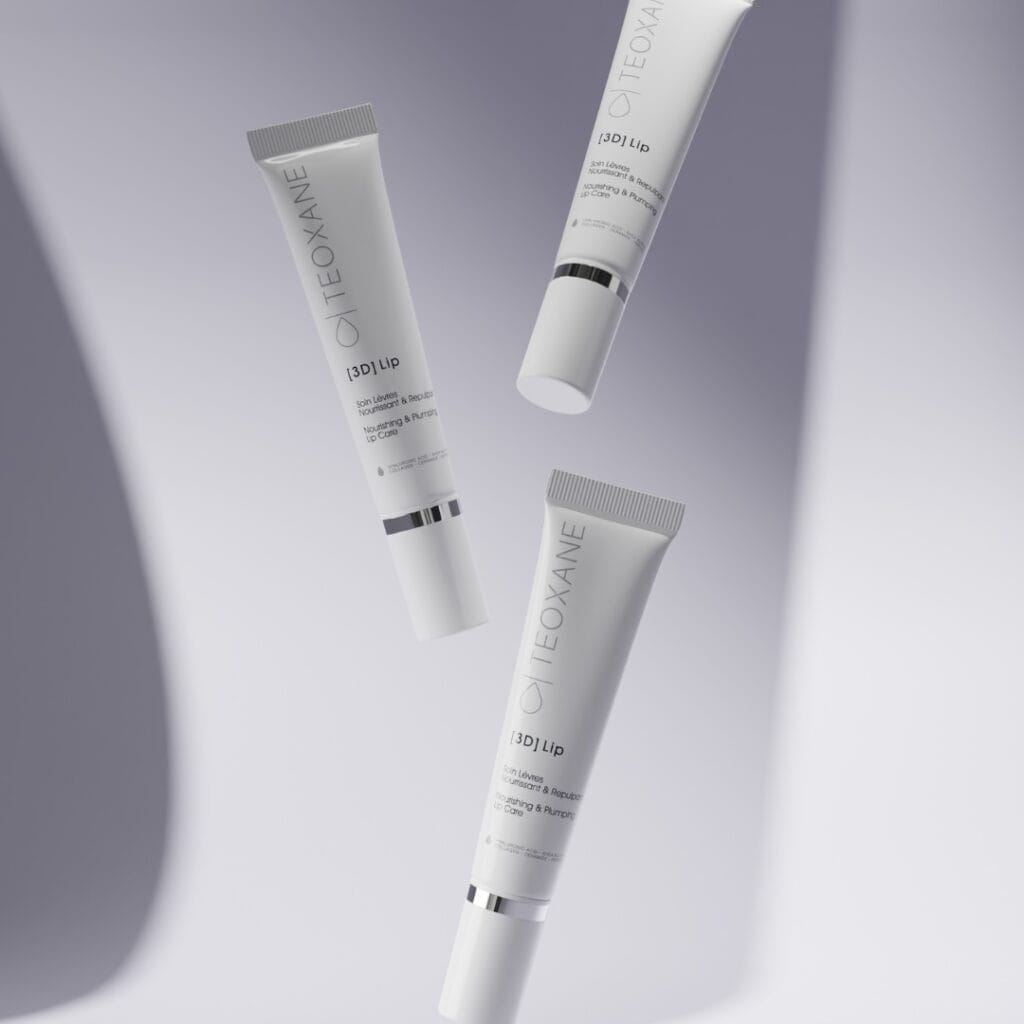Wildlife photography is not just an art form but a thriving industry that significantly contributes to the U.S. economy. With the business of photography generating billions in revenue annually, wildlife and landscape photographers play a vital role in capturing the natural beauty that resonates with both corporations and individual collectors.
The Business of Wildlife Photography
The photography industry in the United States is a robust sector, bringing in an estimated $10 billion in revenue each year. A considerable portion of this revenue comes from wildlife and landscape photography, which has become an essential element for companies seeking to embody sustainability in their business models. Large corporations frequently invest in breathtaking images of nature to decorate their headquarters, promoting a message of environmental responsibility and enhancing the workplace ambiance.
Corporate Investment in Nature’s Beauty
Companies committed to clean, sustainable business practices often turn to wildlife and landscape photography to reinforce their corporate ethos. These captivating images not only beautify office spaces but also serve as a testament to the company’s dedication to preserving the environment. This trend has led to a surge in demand for professional photographers who specialize in capturing the essence of the natural world.
Spotlight on Alex Bogaard
Alex Bogaard, a seasoned photographer with over two decades of experience, captures the essence of nature’s beauty through his lens. Based in eastern Washington state, Alex’s work transcends geographical boundaries, taking him to breathtaking landscapes across the globe. His passion for photography is intertwined with his love for travel, allowing him to witness and document the ever-changing landscapes and wildlife.
What sets Alex Bogaard apart is his willingness to venture into uncomfortable, off-the-beaten-path locations, where the essence of capturing the moment and the passage of time takes center stage. Each photograph not only captures a moment frozen in time but also comes with a compelling story, inviting viewers to delve deeper into the scene and connect emotionally with the narrative unfolding before them. There’s a deep layer of respect and trust for the subject in front of the lens, transcending mere documentation. Each photograph becomes a testament to the photographer’s dedication to seeking out the harder-to-reach locations, where the journey itself becomes as significant as the destination.
As Alex continues his journey as a photographer, he eagerly anticipates uncovering new stories and sharing them with the world, inviting viewers to immerse themselves in the wonders of nature captured through his lens.
Through the lens of wildlife photographers like Alex Bogaard, we are reminded of the profound beauty of our planet and the importance of preserving it for future generations.
The Landscape of Wildlife Photography in the USA
The United States is home to thousands of professional wildlife and landscape photographers. These photographers are dedicated to exploring and documenting the country’s diverse ecosystems, from the rugged mountains and vast plains to serene lakes and vibrant forests. Their work is increasingly sought after by collectors and businesses alike, who value the unique perspectives and stories behind each photograph.
Trends and Collectors’ Preferences
In recent years, there has been a noticeable shift in what collectors and businesses are looking for in wildlife photography. Authenticity and storytelling have become paramount. Collectors are drawn to images that not only showcase the beauty of nature but also tell a compelling story about the location and the wildlife depicted. Hotels across America are also capitalizing on this trend, decorating their spaces with stunning images that evoke a sense of adventure and tranquility for their guests.
Challenges in Wildlife Photography
Being a wildlife photographer comes with its own set of challenges. The unpredictability of nature, the need for patience, and the physical demands of reaching remote locations are just a few hurdles photographers face. What makes some photographers stand out today is their ability to overcome these challenges and capture moments that are both visually stunning and emotionally resonant.
The Importance of Venturing Outdoors for Gen Z and Millennials
For Gen Z and younger millennials, it is crucial to disconnect from digital screens and immerse themselves in the great outdoors. Exploring America’s diverse landscapes, from its majestic mountains to its serene lakes and rivers, offers invaluable experiences that cannot be replicated online. Engaging with nature not only fosters a deeper appreciation for the environment but also promotes mental and physical well-being. Wildlife photography serves as an inspiration for these generations to discover the beauty of the natural world and the importance of preserving it.

In this compelling interview, Joseph DeAcetis sits down with renowned wildlife photographer Alex Bogaard to delve into the fascinating world of capturing nature through the lens. Based in eastern Washington state, Alex has spent over two decades honing his craft, traveling to remote and breathtaking locations across the globe. This interview explores Alex’s journey into wildlife photography, the emotional and environmental impact of his work, and his most memorable and challenging experiences in the field. Readers will be captivated by Alex’s insights on the power of visual storytelling, the role of photography in conservation, and his dedication to capturing the raw beauty of nature.
Three Compelling Topics:
- The Inspirational Beginnings: Discover how Alex’s childhood experiences, including trans-Sahara expeditions, sparked his passion for photography and travel.
- Memorable Wildlife Encounters: Learn about the harrowing and heartwarming moments Alex has witnessed, such as a mother bear’s self-sacrifice in Alaska.
- Conservation Through Photography: Understand how Alex uses his art to raise awareness about endangered species and the importance of preserving our natural world.
Joseph DeAcetis: Tell us a little bit about yourself, how did you start photographing, where are you based, and what got you into photographing wildlife?
Alex Bogaard: I’m currently based in eastern Washington state and have worked in the insurance industry for over 30 years. While I love my job and appreciate the opportunities it has provided, there’s another side to my story. My interest in photography has always been intertwined with my love of travel. My earliest memories of both travel and photography date back to when I was six years old, joining my family on the first of four trans-Sahara expeditions. My father documented our travels with photographs and film, and this sparked my lifelong journey into photography. Today, I have a deep appreciation for visual storytelling.
I find profound inspiration in nature: the beauty of landscapes, the power of the elements, the interplay of light and shadows, the unpredictability of weather, and the rare interactions that occur within these vast landscapes. Together, they create moments that are both rare and fleeting. My goal is to capture these moments and share the stories of nature’s pure magnificence. In my photographs, I strive to go beyond mere scenery, capturing genuine moments in time and characters with real stories to tell.
Joseph DeAcetis: In your experience, what is the best focus for wildlife photography, your most memorable sighting, and your favorite place to photograph?
Alex Bogaard: There’s truth in the saying, “A picture is worth a thousand words.” Many people relate to information best through imagery. An emotionally striking image can foster a connection, and if we connect emotionally, we are more likely to care. This principle is central to wildlife photography. Wildlife are precious co-inhabitants of our planet, yet many of us will never see them in person. Photography brings wildlife closer, creating connections, fostering understanding, encouraging curiosity, and perhaps sparking a conservation mindset in us all. This is a significant purpose behind my wildlife photography.
Memorable Sightings:
Nature Nurture. Courtesy of Alex Bogaard Photography. Starting at $1,600 and available in sizes 39 x26, 59×39, 73×48.
Nature Nurture: Life in the wild is tough, and life in the Alaskan wild is even tougher. After spending a week watching a mother bear and her cub, I witnessed the hardships they faced. The mother had lost one cub to a male bear, and the surviving cub mirrored her emaciation and hunger. Despite these challenges, she never gave up. One morning, I saw her find a dead fish, place it in front of her cub, and watch it eat while she remained hungry. This self-sacrifice is not just a human trait. This mother bear’s resilience and hope for the salmon run that would bring salvation to both of them was profoundly moving. To truly appreciate the picture, view it on a big screen with high brightness to read the emotions in their eyes.
As for favorite places, I love them all for different reasons. Whether it’s the heights of the Khumbu Valley in Nepal, the colorful streets of Havana, the wilds of Alaska, the arid Onaqui Mountains in Utah where wild mustangs roam, or the Cascade Mountains near my home, each location offers unique beauty and stories.
Joseph DeAcetis: Do you believe that wildlife photography can impact conservation efforts?
Alex Bogaard: Absolutely. Sharing the stories of endangered species is crucial for raising awareness about the need for greater conservation efforts. Through my photography, I aim to highlight the challenges and threats our ecosystems face while showcasing nature’s breathtaking beauty.
Joseph DeAcetis: The shot of the wild mustangs running is incredible. How did you capture it?

Alex Bogaard: Thank you. This shot, titled Close Pursuit, was taken after four or five hours of watching a herd of wild mustangs in Utah. As the sun dipped, shadows lengthened, and colors warmed, the horses’ activity increased. Observing these wild horses is a privilege because they live in vast, often inaccessible landscapes and are few in number. Their natural wariness of humans means they choose to reveal themselves only on their terms. The photograph captures both the stunning scenery and the dynamic interaction between two beautiful stallions, embodying the grace, power, and contradictions of the wild mustang, a symbol of the living American West.
Joseph DeAcetis: Have you ever been too close to the action or in a dangerous situation?
Alex Bogaard: Yes, in Alaska, a three-year-old white grizzly approached me through tall grass. I had photographed him earlier but lost sight of him while focusing on another scene. When I looked up, he was just a couple of arm lengths away. We were both calm, and he was more curious than aggressive, but these encounters can easily turn dangerous.
Joseph DeAcetis: Tell Stylelujo.com about your gallery: location, space, decor, and opening event.


Alex Bogaard: Earlier this month, I opened my first gallery in Cle Elum at the historic Bull Durham Building. Before the official opening, we held a “first look” event with friends, family, and local media, with over 60 guests attending. The gallery is designed to be a place where people can connect with the stories I’ve captured over the years and build community connections. The open layout and proximity to Pacific Northwest wildlife make it an ideal gathering spot for Cle Elum residents to socialize and learn about landscape and wildlife photography. I hope to use the gallery for classes, seminars, and workshops in the future. I’m grateful to Craig Pigeon, Whitestone Design Group, Quartz Mountain Design, and Drake Electric for helping bring this vision to life.
Joseph DeAcetis: Which image are you most proud of and why?

Alex Bogaard: In April, I traveled to Cuba with the goal of improving my portrait and street photography skills, which differ significantly from my usual landscape and wildlife work. The photograph of a dancer practicing in an old sports center in Havana is a standout. The dancers practice daily without pay and perform at night to make a living. This picture captures their ambition, modest resources, hard work, and youthful optimism.
Joseph DeAcetis: How has your style evolved over the years?

Alex Bogaard: Over the years, I have honed my photography in two main areas. First, I adhere to the strict ethical standards of photojournalism, capturing scenes as they are without manipulating the frame. For example, the photograph Big Brown shows a large male grizzly walking towards me on Alaskan tidal flats, with both the bear and a seagull in the frame, showcasing the coastal environment.

Second, I aim to capture landscapes as they are, often incorporating an “actor” into the scene. The photograph Teton Reflection is a perfect example, with the dramatic clouds and a little duck creating a dynamic and rich composition, despite not fitting the “perfect” photographic conditions.
Joseph DeAcetis: Do you have a go-to piece of equipment you use more often than any other? If so, why?
Alex Bogaard: I enjoy the challenge of difficult shots. One such piece is the photograph of a bison during a whiteout in Yellowstone National Park. In January, with temperatures at 5 degrees, I carried 40 pounds of camera gear on my back and skied through the park. This image captures the harsh beauty of the environment and the resilience required to find and photograph wildlife in such conditions.
About the Author:
Joseph DeAcetis is a visionary in the world of fashion, renowned as the best wardrobe stylist and art director of his generation. His impressive accolades and unmatched expertise set him apart in the industry. Joseph covers the intersections of style, culture, art, and fashion, with a particular emphasis on the evolving status of menswear.
Throughout his illustrious career, Joseph has penned award-winning columns for top-tier publications such as Esquire, People Magazine, Robb Report, and Playboy. His profound insights and engaging narratives have made him a leading voice in fashion journalism.
Most recently, Joseph served as the creative fashion director for Forbes Media, where he excelled as both a critic and reporter. His extensive body of work highlights the importance of dressing for success and explores how technological advancements are reshaping the fashion industry. Joseph’s authoritative yet approachable voice continues to inspire and influence fashion enthusiasts worldwide.
Comments, questions, or feedback? Email me at jdeacetis@gmail.com.
Save Article








